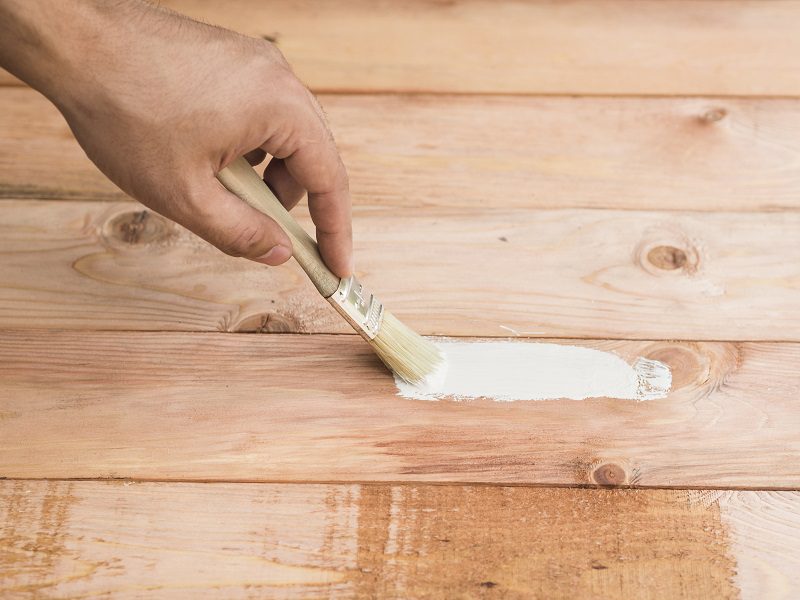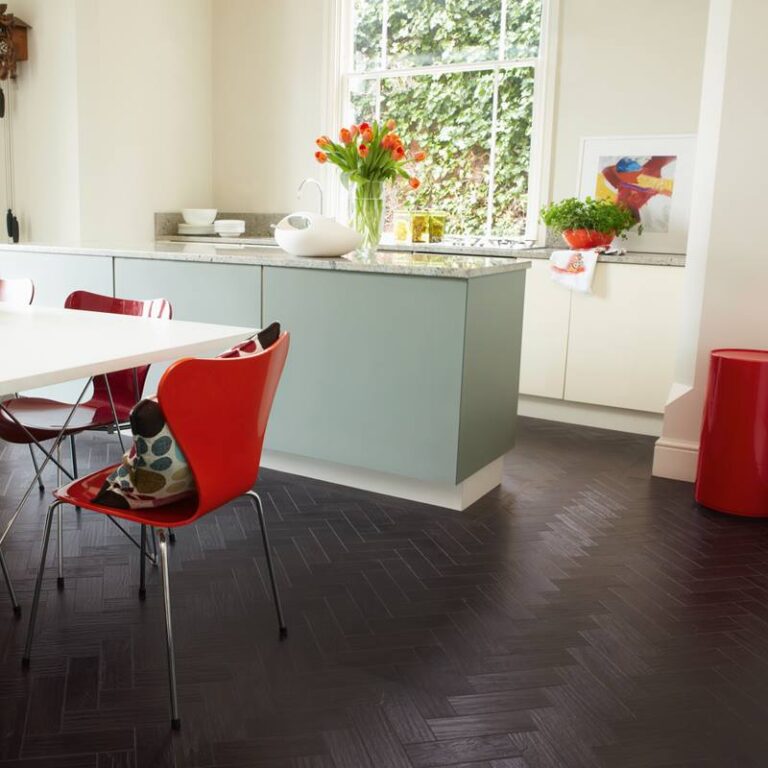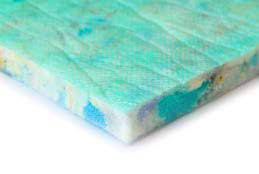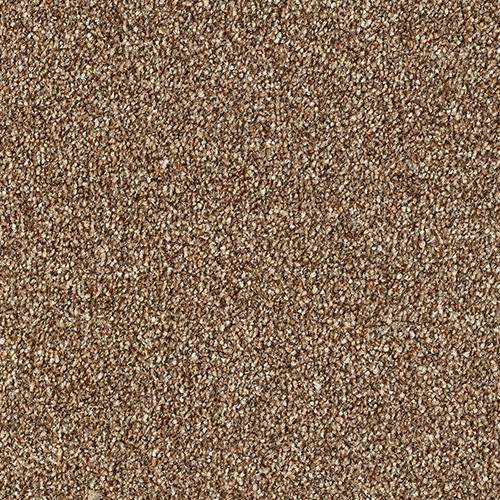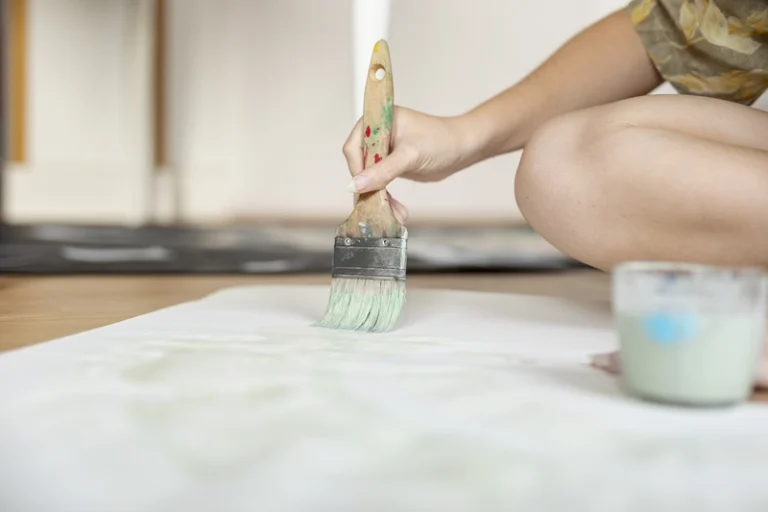Are you looking to protect and prolong the life of your flooring? Choosing the best flooring sealant is essential for maintaining the overall quality and appearance of your floors. In this article, we will explore the different types of flooring sealants, the factors to consider when choosing the best one for your needs, and how to apply it effectively. We will also provide tips for maintaining a sealed floor to ensure long-lasting results. Whether you have engineered wood, tile, or laminate floors, this guide will help you make the right choice for your space.
Key Points:
Pick the right flooring sealant based on the type of material and level of durability you need. Consider factors like moisture and chemical resistance, ease of application, and cost. Properly applied and maintained flooring sealant can protect your floors from damage and prolong their lifespan. Regular cleaning and avoiding harsh chemicals are key to maintaining a sealed floor. Common types of flooring sealants include polyurethane, epoxy, acrylic, and silicone. Each has its own unique properties and is suitable for different flooring needs. Do your research and choose the best one for your floors.
What Is a Flooring Sealant?
A flooring sealant is a protective layer applied to a floor surface to enhance its durability and resistance to various forms of damage such as scratches, stains, and water damage.
These sealants work by forming a protective barrier that prevents moisture, dirt, and other contaminants from penetrating the flooring material. This not only safeguards the appearance of the floor but also extends its lifespan by reducing wear and tear.
Different types of flooring, such as hardwood, laminate, concrete, and tile, benefit from sealants tailored to their specific properties. For instance, wood floor sealants provide an added layer of protection against moisture, while concrete sealants offer resistance to stains and abrasion.
Why Is a Flooring Sealant Important?
The application of a flooring sealant is crucial for maintaining the durability and longevity of floors, as it protects against common forms of damage, including water damage and wear and tear.
Flooring sealants play a pivotal role in enhancing the aesthetic appeal of floors by imparting a lustrous finish and preserving the natural beauty of the material. By creating a protective barrier, sealants shield the floor from spills, stains, and scratches, thereby maintaining its pristine condition for an extended period.
They contribute to the overall cleanliness of the surface, making it easier to maintain and clean. The application of sealants aids in preventing the infiltration of dirt, dust, and other contaminants into the flooring material, thereby reducing the risk of discolouration and deterioration over time. This protective layer effectively seals the pores and imperfections, ensuring that the floor remains resilient against environmental factors and daily foot traffic.
Types of Flooring Sealants
Several types of flooring sealants are available in the market, including polyurethane, epoxy, acrylic, and silicone sealants, each offering distinct advantages and applications for floor restoration and protection.
Polyurethane sealants are known for their high durability and resistance to abrasion, making them suitable for high-traffic areas such as commercial spaces or homes with active households.
Epoxy sealants, on the other hand, provide excellent chemical resistance, making them ideal for industrial environments and garage floors.
Acrylic sealants are popular for their quick drying and UV resistance, making them a good choice for outdoor surfaces.
Silicone sealants are valued for their flexibility and water resistance, often used in wet environments such as bathrooms and kitchens.
a. Polyurethane Sealant
Polyurethane sealant is a popular choice for wooden floors, offering a durable and imperfection-resistant protective layer that enhances the overall appearance and longevity of the flooring.
Polyurethane sealants are a popular choice for protecting wooden floors in high-traffic areas and homes with pets or children. They create a strong barrier against moisture, spills, and scratches, preserving the wood’s integrity while also enhancing its natural beauty. These sealants come in a variety of finishes, from matt to glossy, making them a versatile option for any interior design style.
b. Epoxy Sealant
Epoxy sealant is renowned for its ability to resist stains, imperfections, and wear, providing a robust and protective layer that enhances the visual appeal and durability of the flooring.
Epoxy flooring forms a solid, impermeable surface that effectively prevents spills and stains from penetrating the flooring material. Its hardwearing properties act as a shield against scratches and abrasions, extending the lifespan of the floor. Additionally, its seamless application creates a sleek and professional look whilst also facilitating effortless cleaning, making it a popular choice for both residential and commercial spaces.
c. Acrylic Sealant
Acrylic sealant offers effective protection against water damage and serves as a durable protective layer for floors. However, it comes with its own set of advantages and disadvantages.
One of the key benefits of acrylic sealants is their water-resistant properties. They form a reliable barrier, preventing moisture from seeping into the flooring material. This is especially important in areas prone to spills or humidity.
Acrylic sealants provide a durable and long-lasting protective layer, effectively guarding the floor against wear and tear, chemical spills, and abrasions. However, they may not withstand heavy foot traffic or harsh cleaning chemicals as well as other types of sealants. They can also be prone to yellowing over time due to exposure to UV light. Despite these drawbacks, their ease of application and cost-effectiveness make them a popular choice for many floor sealing projects.
d. Silicone Sealant
Silicone sealant excels in providing moisture resistance and forms a durable protective layer for floors, making it a valuable subject for detailed exploration in a blog post.
Due to its remarkable properties, silicone sealant is an ideal choice for safeguarding floors in high-moisture areas, such as bathrooms and kitchens.
Its ability to resist water penetration and mould growth enhances the longevity of flooring materials, preventing costly damage and the need for frequent replacements. Its protective layer shields against abrasion, chemical exposure, and UV rays, ensuring that the floor surface remains intact and attractive for extended periods.
Factors to Consider When Choosing the Best Flooring Sealant
When selecting the best flooring sealant, several factors must be considered, including the type of flooring material, durability, ease of application, resistance to moisture and chemicals, and cost-effectiveness.
First and foremost, the choice of flooring material significantly influences the selection of an appropriate sealant. Different materials such as hardwood, laminate, vinyl, or tiles may require specific sealants tailored to their unique properties.
Durability is a crucial aspect to ensure that the sealant provides long-lasting protection against wear and tear, foot traffic, and other potential damages.
Convenience in the application process is another essential consideration, as a user-friendly application method can save time and effort.
Along with this, the ability of the sealant to resist moisture and chemicals is vital, especially in areas prone to spills or high humidity levels, as it enhances the longevity of the flooring.
Cost-effectiveness plays a key role in the decision-making process, as the chosen sealant should offer a balance between its protective attributes and affordability.
a. Type of Flooring Material
The type of flooring material plays a pivotal role in selecting the appropriate sealant. For example, wood floors require different considerations such as sanding and stain resistance.
Regarding wood floors, it’s important to choose the right sealant. This involves understanding the specific characteristics of wood, such as its natural porosity and susceptibility to moisture. For instance, hardwood floors may benefit from a sealant that offers protection against scratches and dents, while also enhancing the wood’s natural beauty.
On the other hand, for tile or stone floors, the focus shifts to selecting sealants that provide durable protection against stains and spills, as well as resistance to heavy foot traffic. These types of floors require sealants that can withstand the rigours of daily use without compromising their aesthetic appeal.
b. Durability
The durability of a flooring sealant is a crucial factor, as it directly impacts the protective layer’s ability to resist stains, imperfections, and general wear and tear, ultimately affecting the floor’s longevity.
A durable sealant plays a pivotal role in the overall maintenance of a floor. It minimizes the need for frequent re-application, saving time and costs in the long run. Additionally, it contributes to the aesthetic appeal of the floor by maintaining its original finish and lustre, enhancing the overall appearance of the space.
Therefore, choosing the right sealant is essential to ensure the optimal protection and longevity of your flooring.
c. Ease of Application
The ease of application of a flooring sealant is an essential consideration, as it influences the uniformity of the protective layer and its ability to mitigate imperfections and scratches on the floor surface.
A smooth and consistent application of sealant is crucial for effective protection against moisture, stains, and wear on floors. This is why it’s important to use a sealant that can be easily applied. When the application process is convenient, it becomes easier to address imperfections such as gaps, cracks, and scratches. This not only improves the appearance of the flooring but also enhances its durability.
d. Resistance to Moisture and Chemicals
The resistance of a flooring sealant to moisture and chemicals is critical for protecting the floor against water damage and chemical deterioration, safeguarding its structural integrity and aesthetics.
Maintaining this resistance ensures that the floor remains durable and visually appealing. It prevents water and chemicals from penetrating the surface and causing gradual wear and tear.
Properly sealed floors also contribute to a hygienic environment by minimising the risk of mould and mildew formation. An effective sealant acts as a barrier, extending the lifespan of the floor and reducing the need for frequent maintenance or repairs.
e. The Cost
Cost considerations are vital when choosing a flooring sealant. This requires assessing market offerings and evaluating their respective advantages and disadvantages.
When evaluating market offerings, it’s crucial to consider the overall cost-effectiveness of various sealants. While some products may have a higher initial price, they could offer long-term savings through durability and minimal maintenance requirements.
It’s essential to assess the trade-offs between cost and performance. The cost-benefit analysis becomes important to determine the most suitable sealant for specific flooring types and environmental conditions.
How to Apply a Flooring Sealant
The application of a flooring sealant involves a systematic process that varies based on the type of sealant used and the specific requirements of floor restoration, with different techniques tailored to the characteristics of various sealant types.
When applying a flooring sealant, the first step is to thoroughly clean the surface to remove any dirt, grime, or previous sealant residue. Once the surface is clean and dry, the appropriate sealant for the specific flooring material is selected.
For porous materials such as natural stone or concrete, a penetrating sealant is often recommended to prevent moisture penetration, while for non-porous materials like ceramic or porcelain tiles, a topical sealant may be more suitable.
The application technique varies based on the type of sealant. For instance, applying a penetrating sealant typically involves multiple thin coats, allowing each coat to penetrate the surface before applying the next. On the other hand, topical sealants are often applied in a single or double coat, creating a protective layer on the surface.
Tips for Maintaining a Sealed Floor
Maintaining a sealed floor involves regular cleaning, avoidance of strong chemicals, and timely touch-ups to deal with any damaged areas, ensuring the long-term effectiveness and aesthetics of the sealed surface.
Regular cleaning is essential for preserving the integrity of the sealant and avoiding the accumulation of dirt and grime. Choose a mild, pH-neutral cleaner to prevent damage to the sealant.
Furthermore, steering clear of strong chemicals such as ammonia or bleach-based cleaners is important for preventing the deterioration of the sealant over time. Regarding touch-ups, dealing with damaged areas promptly can prevent further deterioration, so it’s wise to keep a small supply of sealant handy for quick repairs.
By taking these proactive measures, individuals can effectively maintain the appearance and functionality of their sealed floors.
a. Regular Cleaning
Regular cleaning is essential for maintaining the protective layer of a sealed floor, contributing to its longevity and preserving the outcomes of floor restoration efforts.
By implementing a consistent cleaning routine, the sealed floor can remain resilient and resistant to wear and tear, prolonging its lifespan.
In addition, regular cleaning methods, such as gentle mopping with a pH-neutral cleaner, prevent the accumulation of dirt and grime that can degrade the protective sealant. These practices not only enhance the appearance of the floor but also contribute to the overall health of the sealed surface.
Understanding the specific requirements of the flooring material and using appropriate cleaning agents are vital aspects of effective maintenance. By adhering to these measures, the protective layer can be safeguarded and the floor restoration results can be sustained over an extended period, ensuring a lasting investment in the aesthetics and functionality of the space.
b. Avoid Harsh Chemicals
Avoiding the use of harsh chemicals is vital for the maintenance of sealed floors. These substances can compromise the integrity of the protective layer and undermine the outcomes of floor restoration efforts.
Harsh chemicals, such as bleach and ammonia-based cleaners, can break down the sealant on floors. This can lead to a loss of lustre and make them more susceptible to stains and damage. To protect your floors, it’s best to use gentler, natural cleaning solutions like vinegar and water.
Regular maintenance practices, such as sweeping and using protective pads on furniture, can also help preserve the sealant and maintain the resilience and appearance of your floors over time.
c. Repair Any Damaged Areas
Timely touch-ups to address any damaged areas on a sealed floor are essential for effective floor maintenance. This contributes to the preservation of the protective layer and the overall longevity of the flooring.
Regular floor maintenance helps to prevent the spread of damage, which can potentially compromise the integrity of the sealing.
Whether it’s scratches, dents, or minor cracks, repairing these areas promptly ensures that the protective layer remains intact. This safeguards the underlying flooring material.
Proper repair techniques, such as using compatible sealants and fillers, maintain the aesthetic appeal and structural strength of the floor. This ultimately extends its lifespan.
That’s a complete guide that can help you find the best flooring sealant for your home. In addition to finding the best flooring sealant, it is also important for you to choose quality flooring.
In this case, entrust all your flooring needs to experts like TEKA Flooring. TEKA Flooring provides various types of flooring with various models so that it can be adjusted to your preferences.
Don’t worry, you can view our portfolio and inspiration online or visit our showroom directly to see the various flooring options available.







